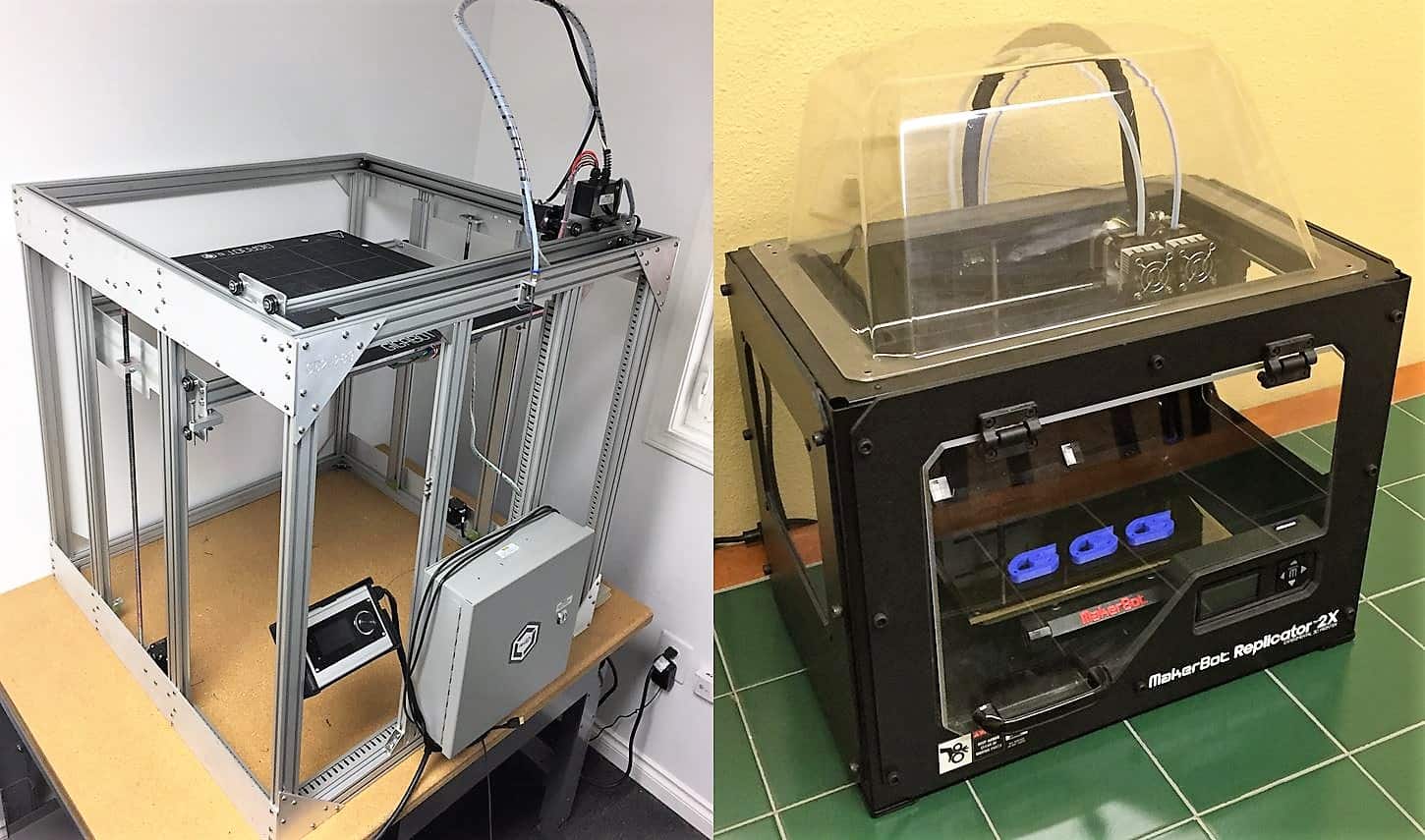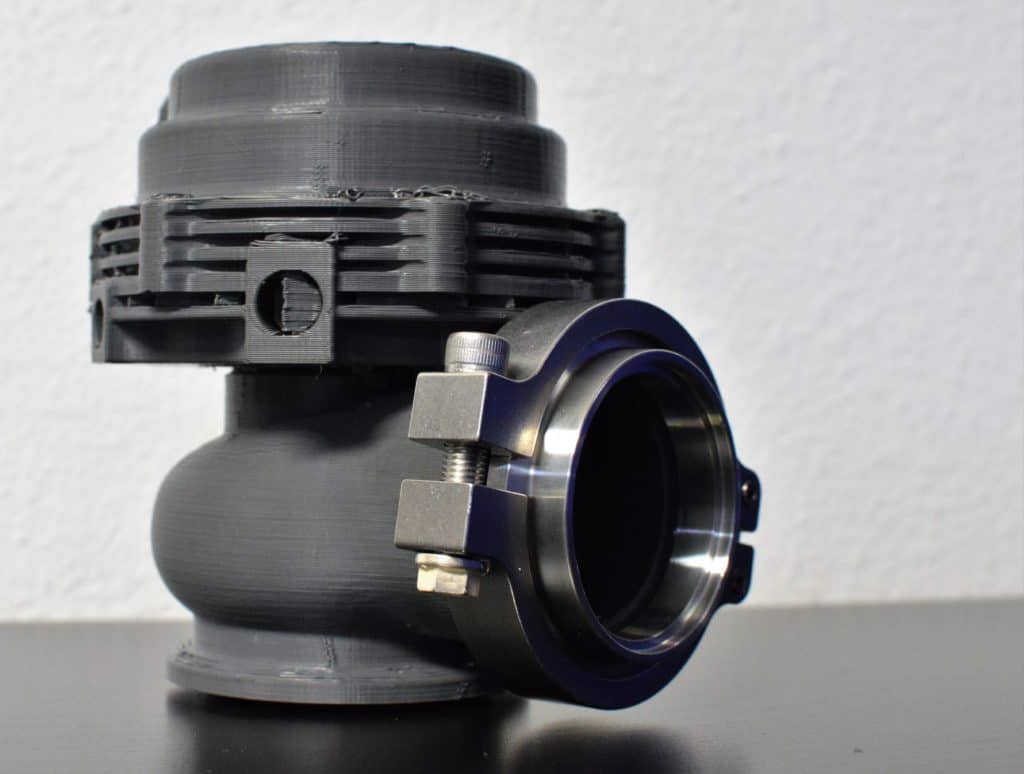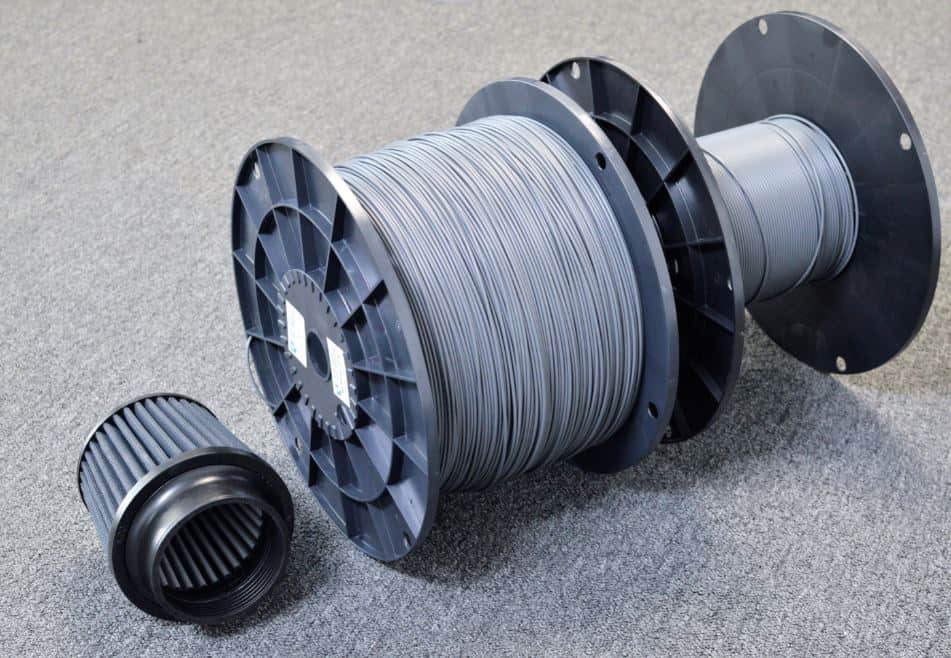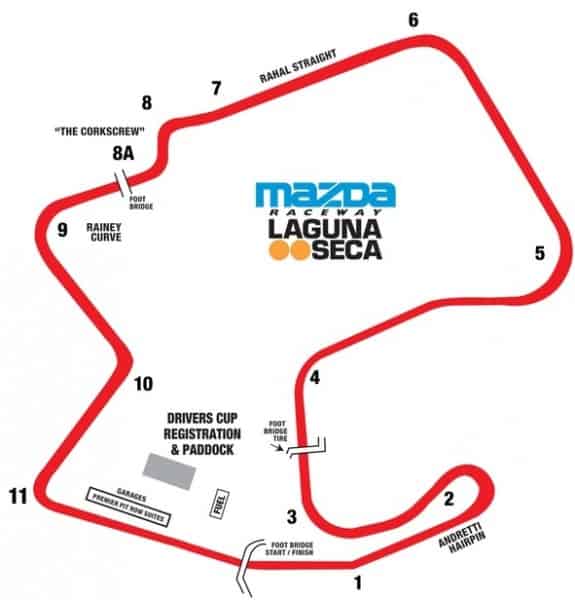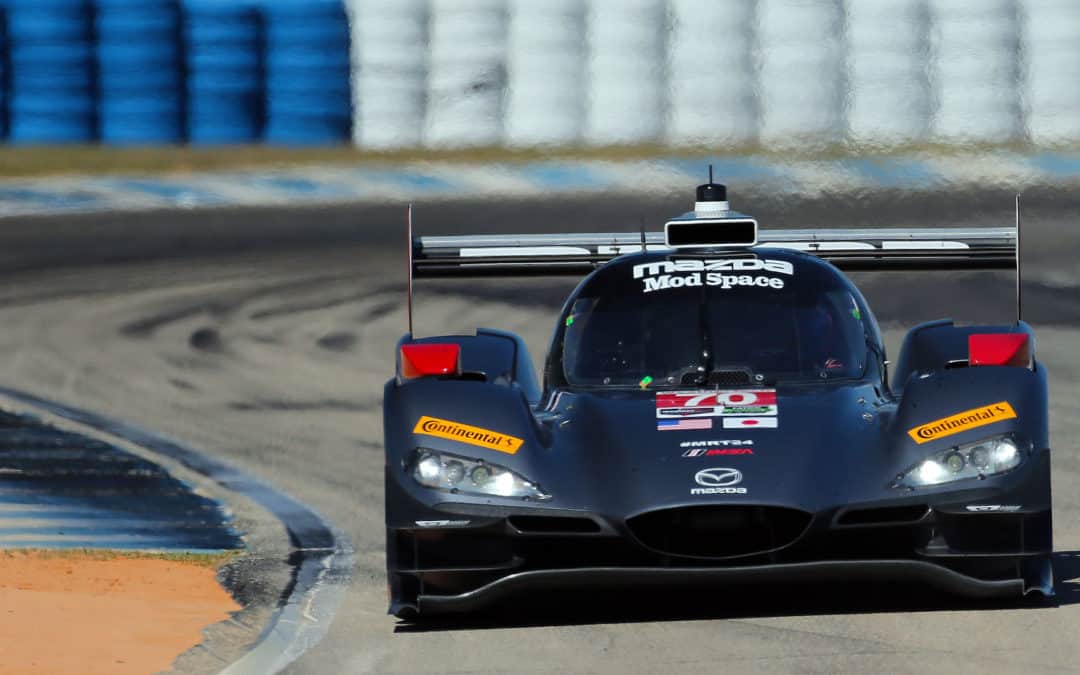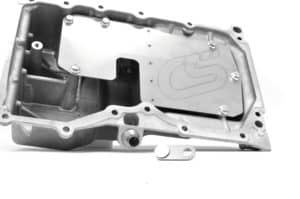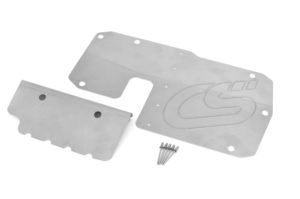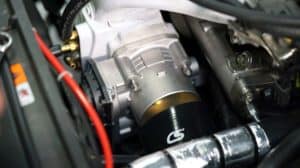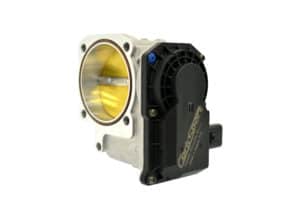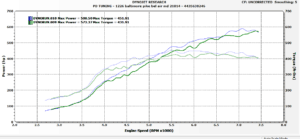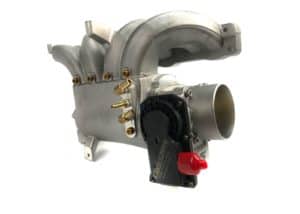For the last four years, we’ve been asked countless times if the CST4 Mazdaspeed Turbo is a direct replacement for the OEM K04 Turbo. With the number of cars experiencing their 2nd, 3rd or even 4th owner, this question is being asked more frequently. While CorkSport’s intent is to freely share information across the Mazda community, we cannot be everywhere all at once, and we will most likely miss the exact moment the debate explodes on your favorite Facebook page. For that reason…
Today, we’re setting the record straight: The CST4 Turbo for the Mazdaspeed 3 is a drop-in UPGRADE from the ground up, and by no means is it an apples-to-apples comparison with the asthmatic Mazdaspeed K04 turbo.
Stay Up-to-date with CorkSport

How Does It Work?
Before we dive into the dirty details, you might be craving more details on how a turbo works? You are in luck! Check out our white paper on the CST4 and what makes up the anatomy of a turbocharger, bone up on the importance of a “bolt-on” vs a “drop-in” turbocharger, learn the difference between an internal vs external wastegate and finally why the turbine wheel design/materials make a difference. Now let’s get back to what this means for the CST4 and K04.

Is The CST4 Reliable?
The CST4 Mazdaspeed turbo continues to prove itself as one of the best bolt-on options coupled with the needed reliability to withstand the additional demands of chasing 400 WHP – something the KO4 Turbo cannot accomplish. This is due to an upgraded center housing rotating assembly (CHRA) which has a larger center shaft and larger bearings than the OEM turbo. The CorkSport turbo also sports a performance journal bearing with a full 360° thrust collar, which is what allows the turbine shaft and compressor to spin freely. The OEM K04 turbo comes standard with a limited 270° thrust collar.
Does The CST4 Have Increased Airflow Over The K04?

Next comes wheels, which is where the CST4 really shines. As shown in the image above, we have the CST4 on the left and the OEM K04 on the right. The CST4 is 12% larger on the compressor inducer, and 21% larger on the exducer than the OEM K04. Combined with the use of a taller wheel (green line), every revolution of the CST4 not only brings in a greater quantity of air into the compressor but has a higher airflow capacity, thus moving a greater volume of air. For those of you who need a few more key specific numbers, The OEM K04 uses a 45mm inducer and 56.25mm exducer cast compressor wheel, while the CST4 uses a 50.5mm inducer and 68.1mm exducer forged billet compressor wheel.
On the turbine side, the OEM K04 turbo uses a 50.1mm inducer and a 44.5mm exducer 12-blade cast wheel. The CST4 turbo uses a 56.2mm inducer and 49mm exducer high-flow 9-blade design. Again, the CST4 outshines the K04, with the turbine inducer being 12% larger and the exducer 10% larger. The 9-blade design has two key benefits: more peak exhaust flow as there is less material in the way of flow, and 21% lighter for a faster spool time.
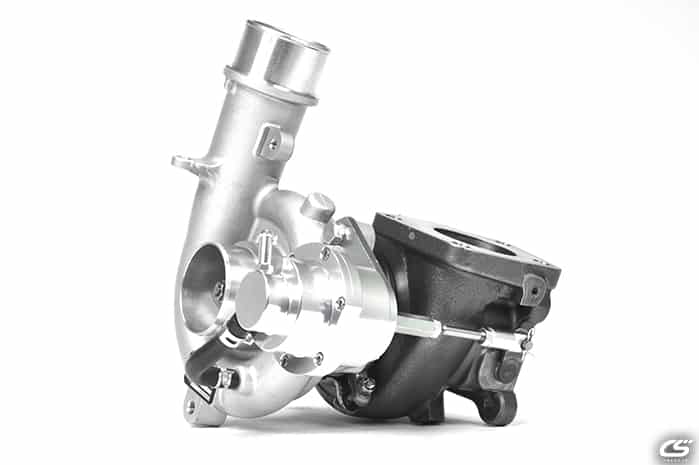
The final component is the compressor and turbine housings. The Mazdaspeed K04 turbo uses restrictive housings that cannot keep up at higher RPMs, and especially at higher boost levels. You can feel this as your stock turbo “runs out of steam” up above ~5200 RPM. The CST4 turbo housings may fit exactly in the OEM locations and use the OEM hook up points but that is where the similarities end.
Both the compressor and turbine housings were increased in size, increased in A/R, and optimized for the stock inlet and outlet sizes to provide better top-end capabilities. The compressor ended up at 0.53 A/R, while the turbine ended up at 0.66 A/R. This combo of housing and wheels keeps power all the way to redline, and in initial testing showed a 50WHP gain at the same boost pressure.
How Much Power Does The CST4 Make?
So what does all of this mean in terms of power? We’ve seen the OEM K04 pushed way out of its comfort zone and make in the 350-360WHP range with the right supporting mods. This is far out of the efficiency range of the little K04, and it’s a ticking time bomb when running at this power level. The CST4 turbo, on the other hand, is perfectly happy running in the 400WHP range all day, again, with the right supporting mods. We’ve even seen it pushed to its limit in the 450-460 range.
For those of you more interested in boost pressures, the K04 can hit a max of ~24-25psi in the midrange before it’s out of its efficiency range and starts producing just heat. At redline, the Mazdaspeed K04 is typically at a max of about 17-18psi. What you feel as your car seems to stop accelerating after ~5200RPM on the stock turbo. The CST4 does a lot better, hitting a max of ~29-30psi in the midrange but carries the high pressure into higher RPMs, with peak boost pressure at redline of ~26-27psi. This keeps you pushed into your seat with a smile on your face!
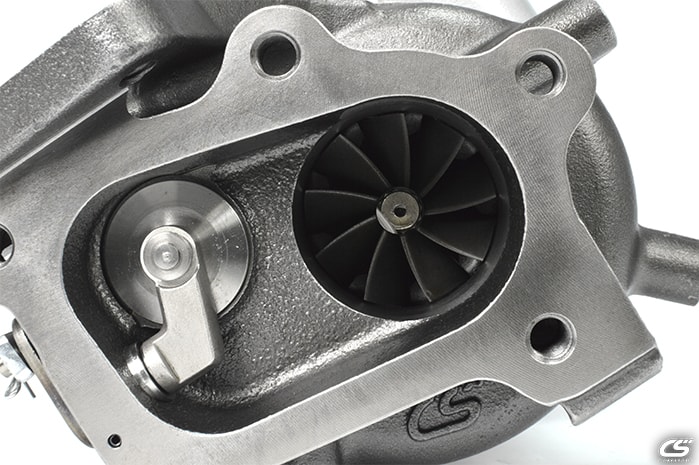
How Quickly Does The CST4 Spool?
We get a lot of questions on how fast this turbo spools, so let’s take a moment to discuss both. The Mazdaspeed OEM K04 spools very quickly since its housings and wheels are so small. If tuned incorrectly it can spool almost instantly and kill blocks with an extremely low-RPM torque spike. The CST4 also spools quickly, making full boost by approximately 3300RPM on most cars. The big difference is that the CST4 carries power out to redline instead of falling off as the K04 does. To be clear, you still have to be careful with the CST4 as it too can kill a stock block with too aggressive of a tune.
Is The CST4 A Drop-In?
So bringing things full circle, the “drop-in” aspect of the CST4 means you can run it with almost no other supporting parts, only a HPFP upgrade, access port, and a tune are required. It also means that it hooks up directly to the OEM inlet and outlet flanges so that there are no excessive modifications required to make the turbo fit your Mazdaspeed. We even include new studs, lock nuts, gaskets, a custom upper coolant line, new coolant and oil crush washers, and the correct oil feed banjo bolt so there is no hassle of finding replacement hardware, gaskets, or lines to make your turbo function. We strongly recommend picking up a CorkSport EBCS to best control the boost on your CST4 Turbo. We have also found that the stock intake size will be maxed out at around 18-19psi on the CST4. To get more power from there, a 3 inch or 3.5-inch intake will be needed.
By no means is the CST4 a K04 since it’s larger and has much higher horsepower capabilities. For those of you more familiar with Garett turbos, the CST4 is just a smidge bigger than a GTX2867.
If you want even more info on what makes the CST4 Turbo tick be sure to check out the white paper on the subject HERE. As a final afterthought, remember that the CST4 is getting an EWG housing option in the coming months, for added features (and noise!) that just don’t come with the K04. Stay tuned for that, and be sure to ask any questions you may have.
Connect with us:
GET THE CST4 Mazdaspeed Turbo!
Enjoy more boost and increase your Mazda WHP up to 400!
You may also like:
- How To Achieve 400 WHP In Your Mazdaspeed
- The CorkSport CST4 – The Best Turbo for the Mazdaspeed
- Recipe to Make a 500 HP Mazdaspeed 3
- Best Mazdaspeed Turbo Upgrades – Choose Your Boost



